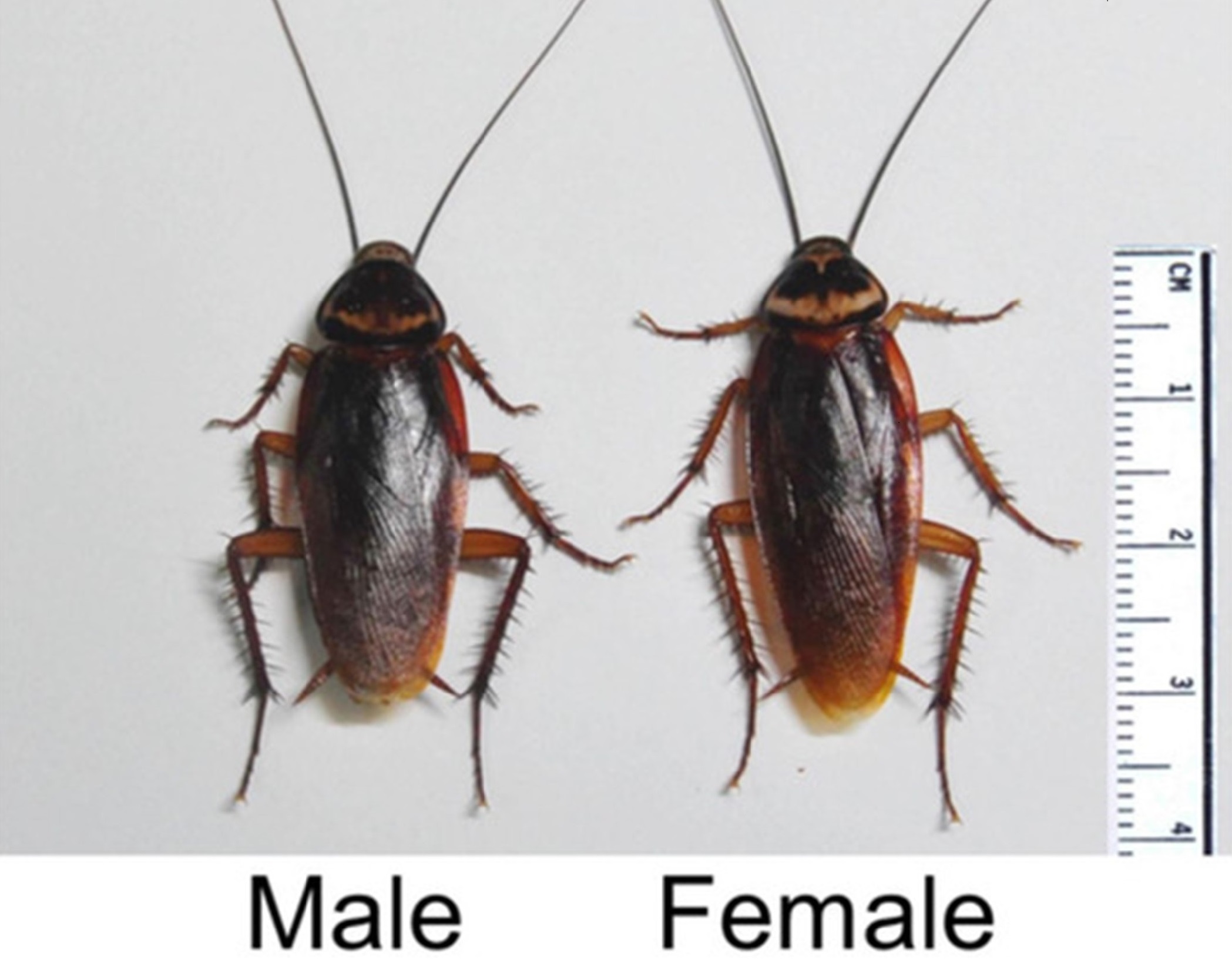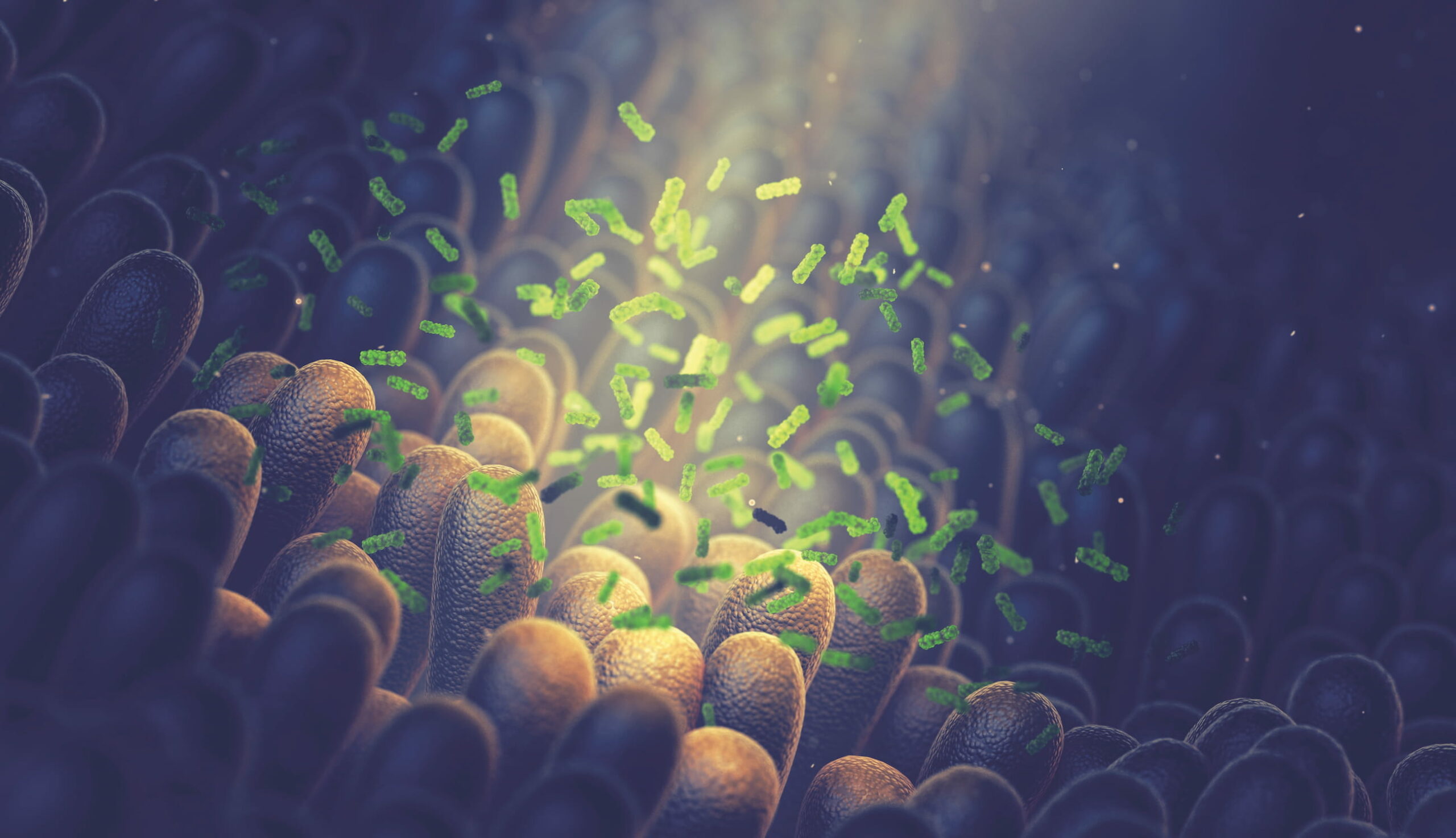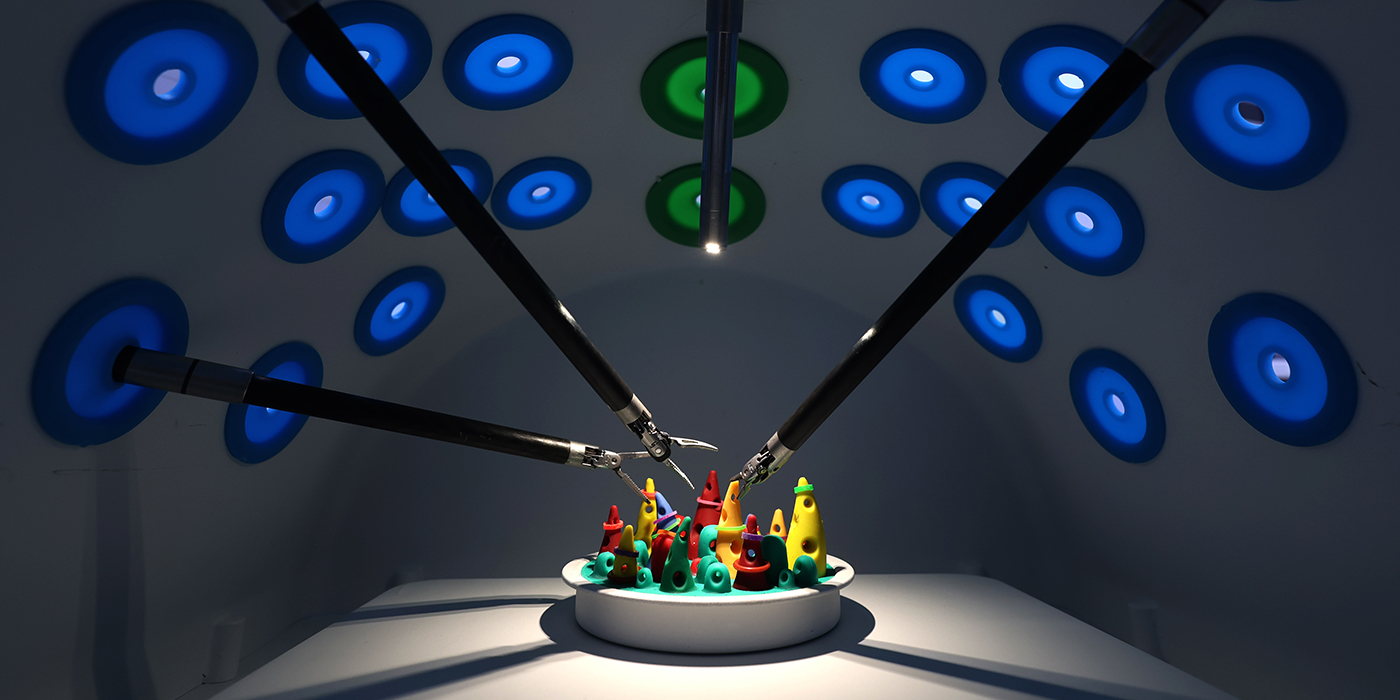No one likes cockroaches. Not only do they look pretty scary, causing many people to have a phobia of them, but they can also cause physical allergies. That’s particularly true in Hong Kong, where the incidence of allergies is high, as a result of the warm climate and issues with hygiene caused by the crowded environment.
In fact, allergic diseases such as asthma, allergic rhinitis and eczema affect over half of the city’s population, while a third of its children suffer from airway allergies. Cockroaches are among the main causes, second only to dust mites, and accounting for about 45% of the sensitisation rate; their saliva and faeces, as well as their carcasses and body parts they shed can all be triggers.
Identifying seven new allergens that cause cockroach allergies
When it comes to developing tests and treatments, in fact, what’s been missing is a comprehensive profile of the major cockroach allergens – until now. A team led by Professor Stephen Tsui Kwok-wing from CUHK Medicine’s School of Biomedical Sciences has produced the world’s most comprehensive genome profile of the allergy-causing American cockroach, Periplaneta americana, identifying seven new allergens on top of the existing 13. The international research group, which also involves universities in Shenzhen and Thailand, and includes cockroach allergy expert Professor Anchalee Tungtrongchitr from Mahidol University, began studying cockroaches in 2018, after previously focusing on dust mites.

“The cockroach genome has been studied by several teams in the past 10 years, but it’s been relatively fragmented, using old technology for sequencing; very recently, the third generation of sequencing technology has emerged,” says Professor Tsui. “In this research, we’ve built a reference genome that’s the most complete in the world, so other researchers can use it.”
“We’re also the first team in the world to use the genome sequence to predict allergens. It was a very high-throughput, efficient approach. Only 13 had been identified in about 20 years; we identified seven in one piece of research.”
Based on the experience of working with dust mites, Professor Tsui estimates that the total number of cockroach allergens is somewhere between 20 and 40, with all major ones already identified.

The most common method of diagnosing allergies is a skin prick test: inserting tiny amounts of different potential allergens under the patient’s skin to work out which ones they’re allergic to. However, the tests are imprecise: they don’t always reveal which allergens are causing problems for the patient. That also makes it difficult to design treatments: while immunotherapy is commonly used to treat allergies, many people are sensitised to multiple cockroach-associated proteins, making it a challenge to identify which ones are causing the problems for a specific individual, and create treatments accordingly.
Developing a more sophisticated test for the diagnosis of cockroach allergy
As a result, the focus of the team’s research is shifting to the diagnosis of cockroach allergy – and, in the future, potentially also its treatment. First up are more sophisticated tests, ones that can identify individual allergens, to replace skin prick tests.
“Tests are currently being developed for dust mites. The technology involves spotting allergens on glass slides,” Professor Tsui says. “Then, antibodies will be isolated from the patient serum and hybridised with the allergens on the slide. Then we can tell which allergens a patient is allergic to; positivity to a particular allergen will be indicated by fluorescent signals detected by a scanner. It will be useful in the future for precision diagnosis.” Professor Tsui expects the same technology to be applied to cockroaches within two to three years. In the longer term, perhaps about a decade, the study also allows for precision immunotherapy to be developed.
“The time required for the development of immunotherapy will be much longer because it involves patient intervention which could be invasive, so we need to be careful,” he says. “We need big data analysis of a large group of allergic patients with respect to their sensitisation to each of the whole panel of cockroach allergens. Through this we can delineate the clinical correlation of these allergens and select the appropriate allergens for different diseases, including asthma and rhinitis.”
The study also raised the possibility that termites, a closely related species, may contain very similar allergens that cause the same problems. Although they’re not an immediate priority, due to their low incidence in Hong Kong, he hopes to be able to conduct further research into termites in future, alongside other allergy-inducing species such as shellfish.










